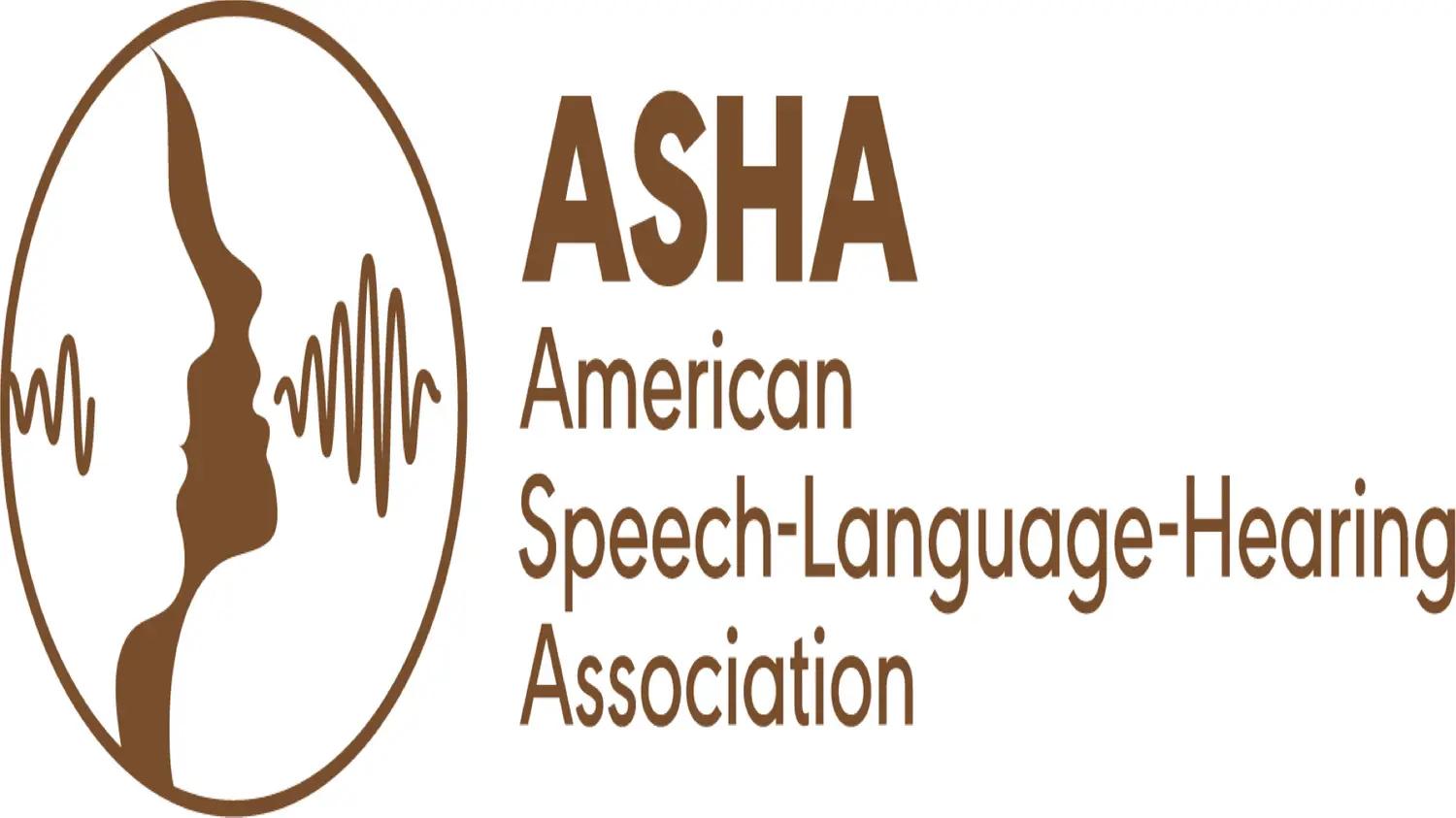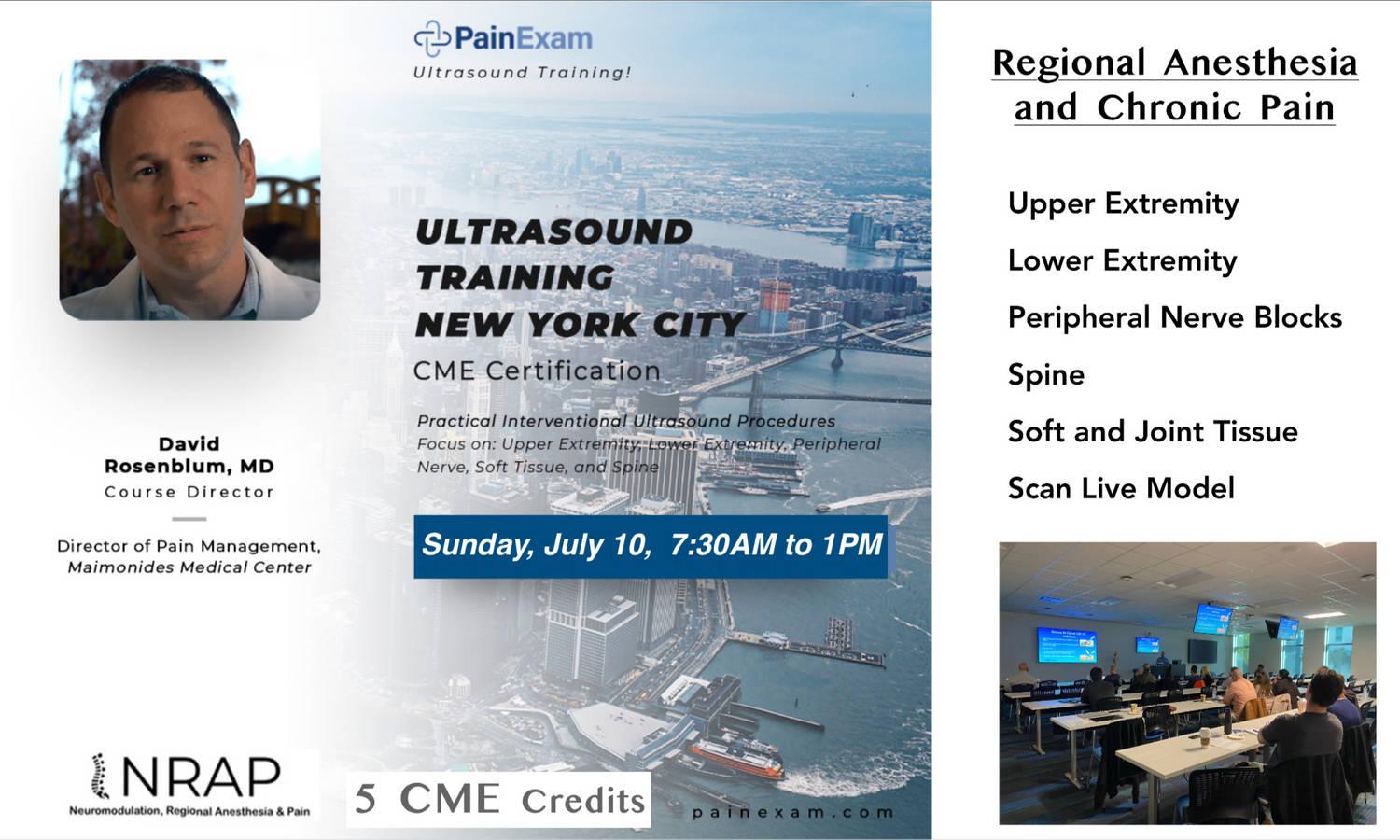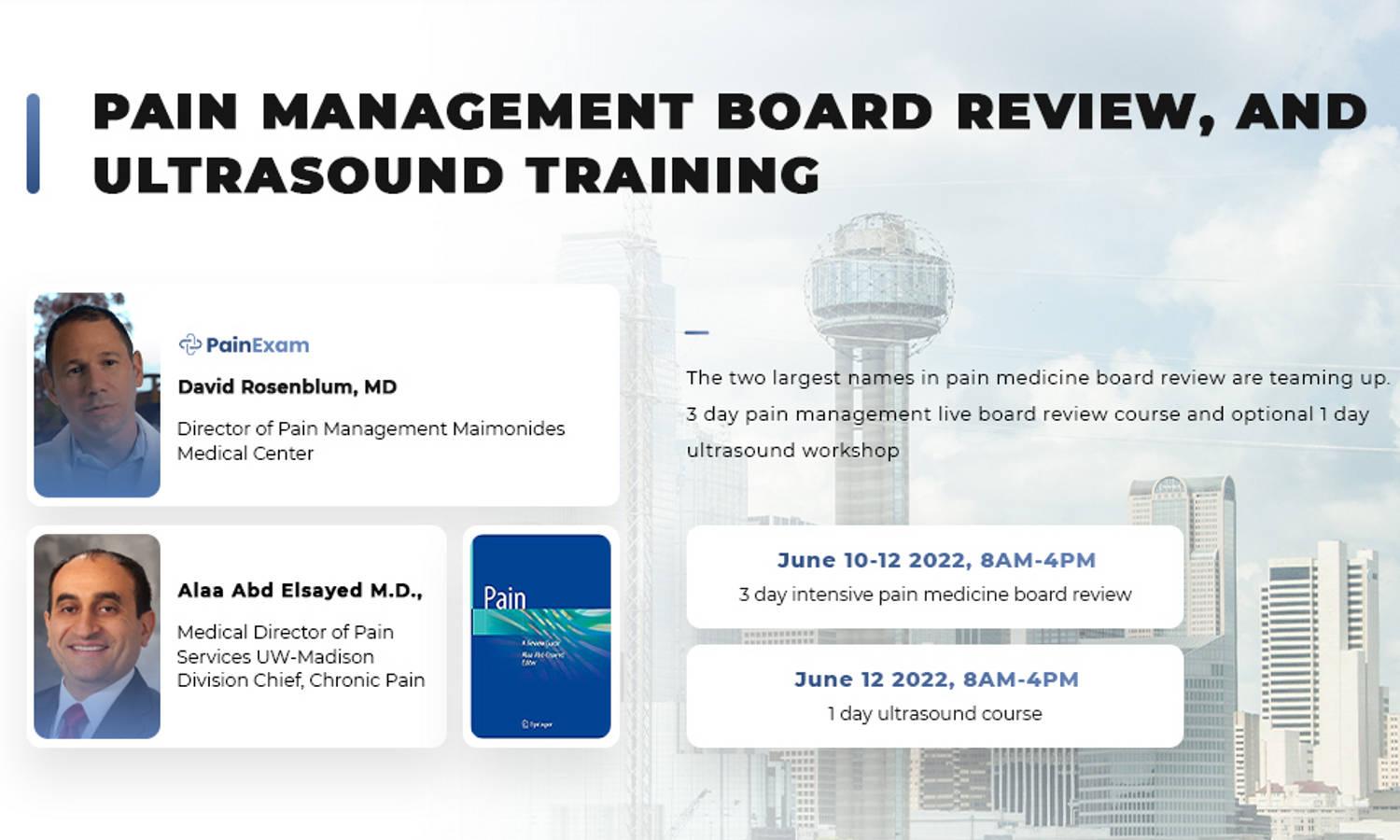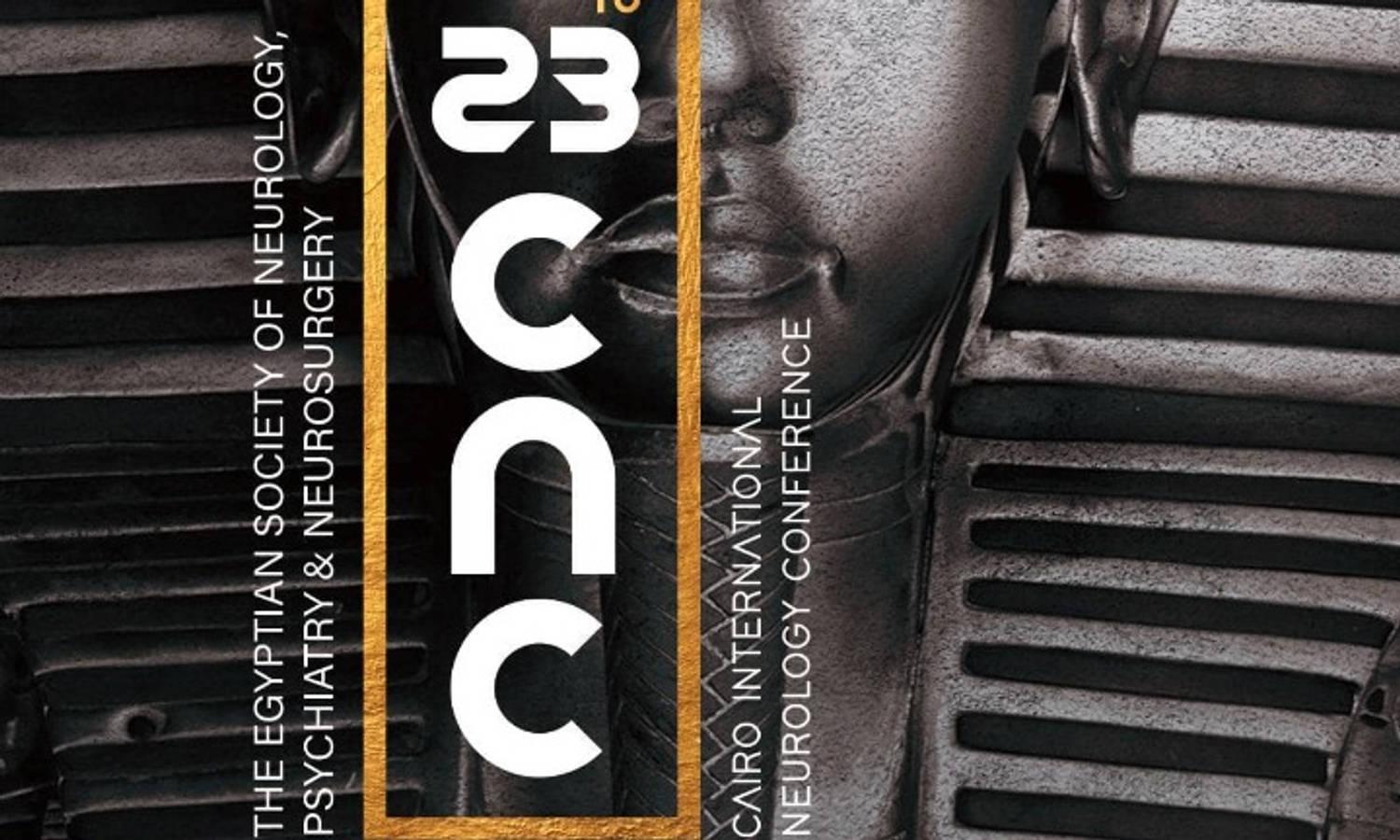
Introduction to Pediatric Neurosonology

Introduction to Pediatric Neurosonology is organized by Gulfcoast Ultrasound Institute (GCUS) Inc..
Date of Original Release: 6/18/2019
Reviewed for content accuracy: 6/18/2022
This edition valid for credit through: 6/18/2025
Overview:
Introduction to Pediatric Neurosonology Training Video is designed to review normal and abnormal ultrasound characteristics associated with the evaluation of the neonatal brain. Indications for performing the examination, scan techniques, and normal and abnormal ultrasound characteristics will be included in the presentation.
Topics:
• Indications for Neurosonology
• Neurosonology Scan Protocols and Normal Ultrasound Characteristics
• Evaluation of Malformation Disorders: Congenital Neoplasms
• Vascular Abnormalities, Neurofibromatosis
• Neural Tube Disorders
• Agenesis Corpus Callosum
• Dandy Walker
• Cranial Defects: Cephalocele, Encephalocele, Encephalocystomeningocele
• Diverticulation Anomalies: Holoprosencephaly
• Migration Disorders: Schizencephaly, Lissencephaly
• Destructive Processes: Hydranancephaly, Porencephaly
• Ventriculomegaly: Hydrocephaly
• Hemorrhage
• Infarction
• ECMO
Objectives:
• List the common indications for performing Neurosonography
• State the windows for imaging
• Outline the importance of the thalmocaudate groove
• List the ACR recommendations for imaging
• Outline the ultrasound grading system for hemorrhage
• Recognize the ultrasound characteristics associated with vascular abnormalities, neural tube disorders, cranial defects, migration disorders, destructive processes, and ventriculomegaly.










